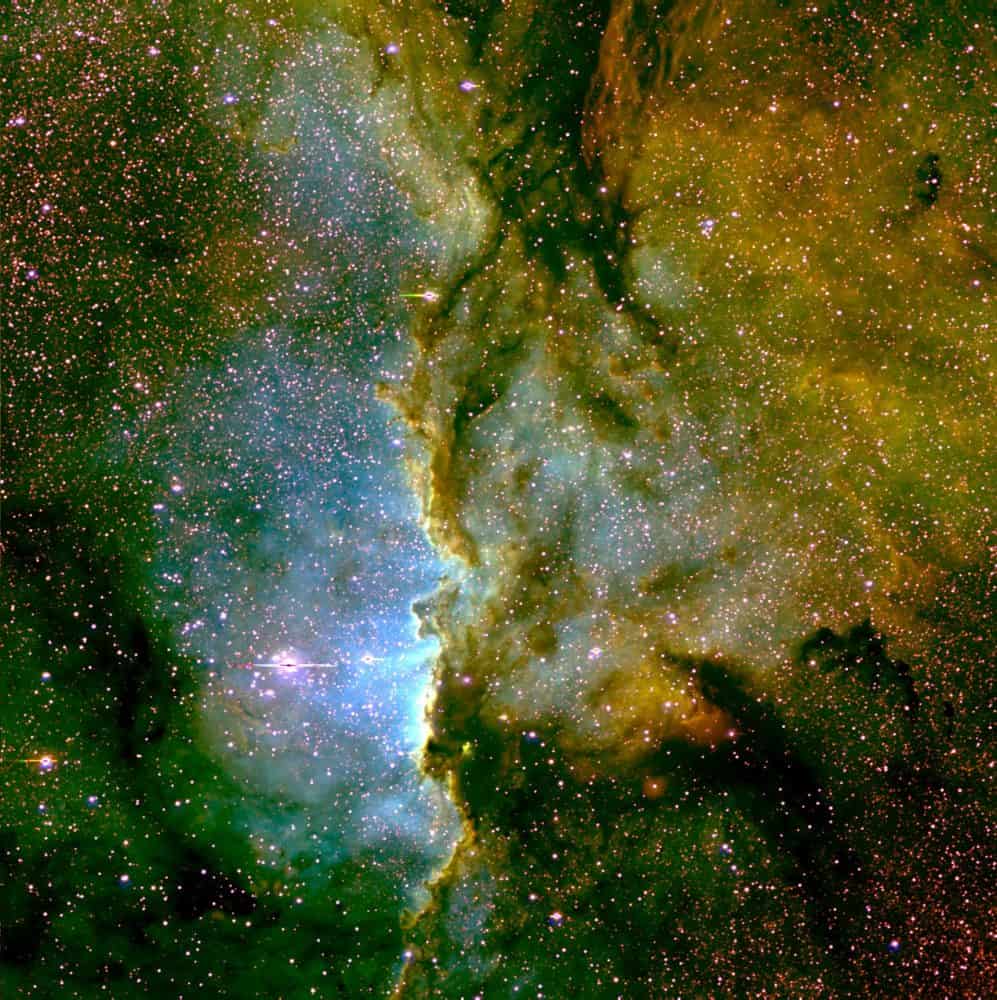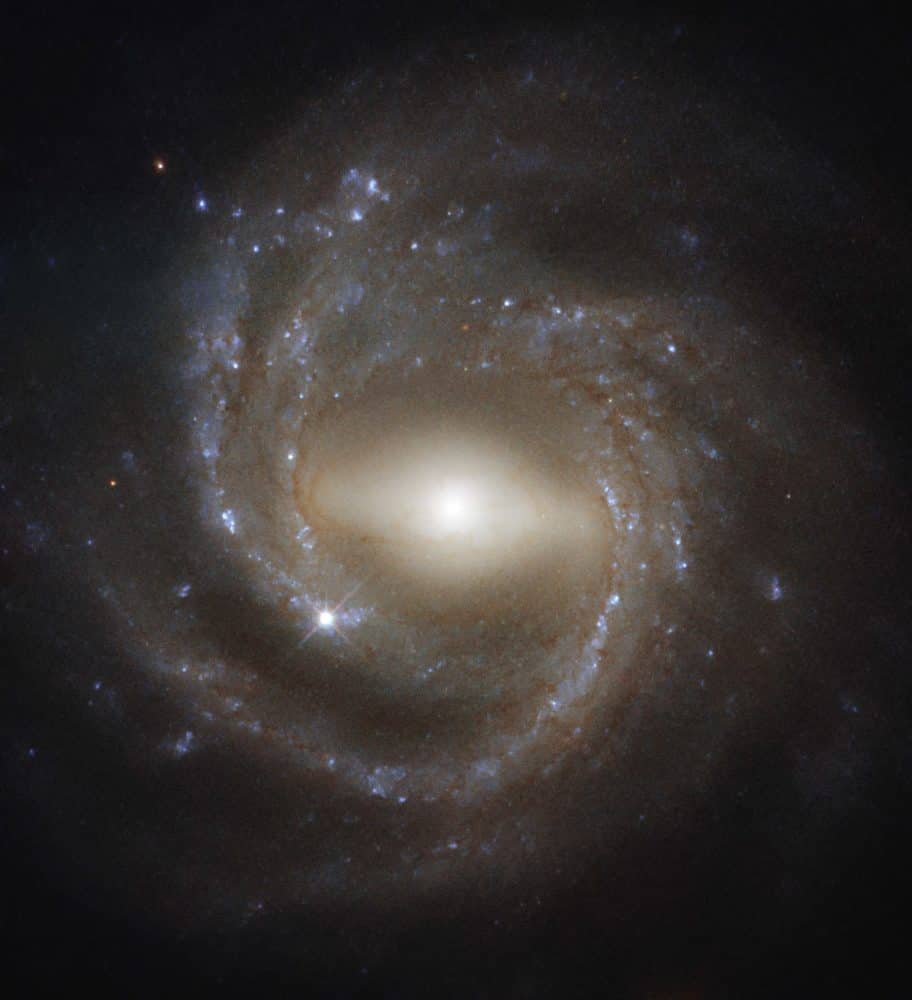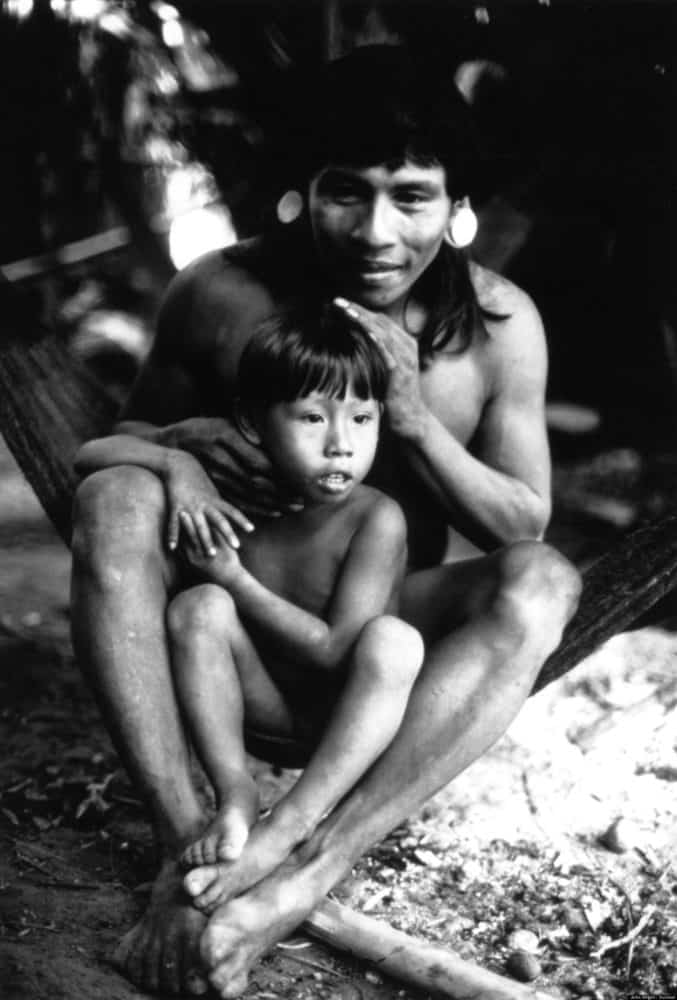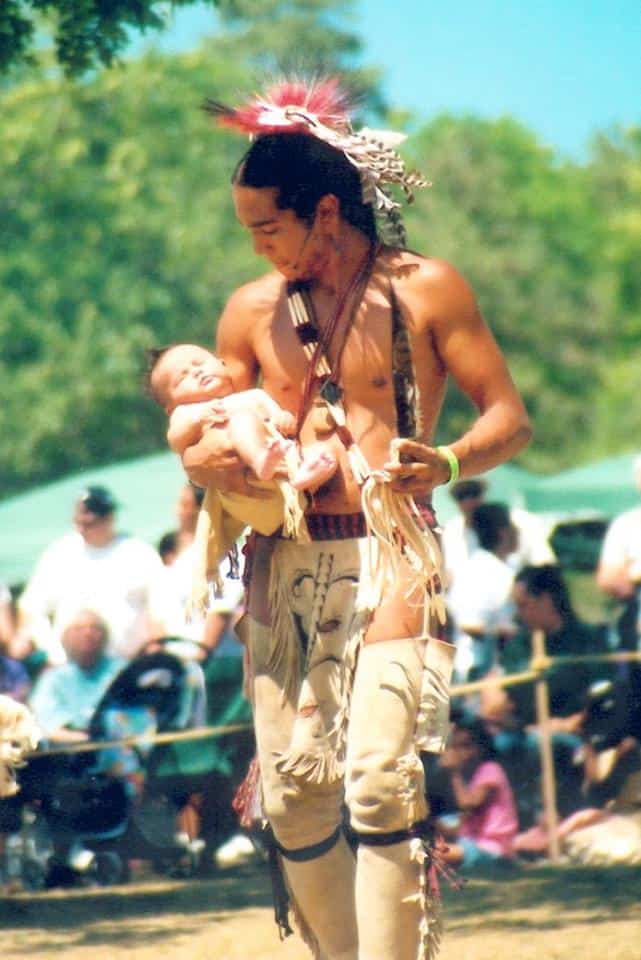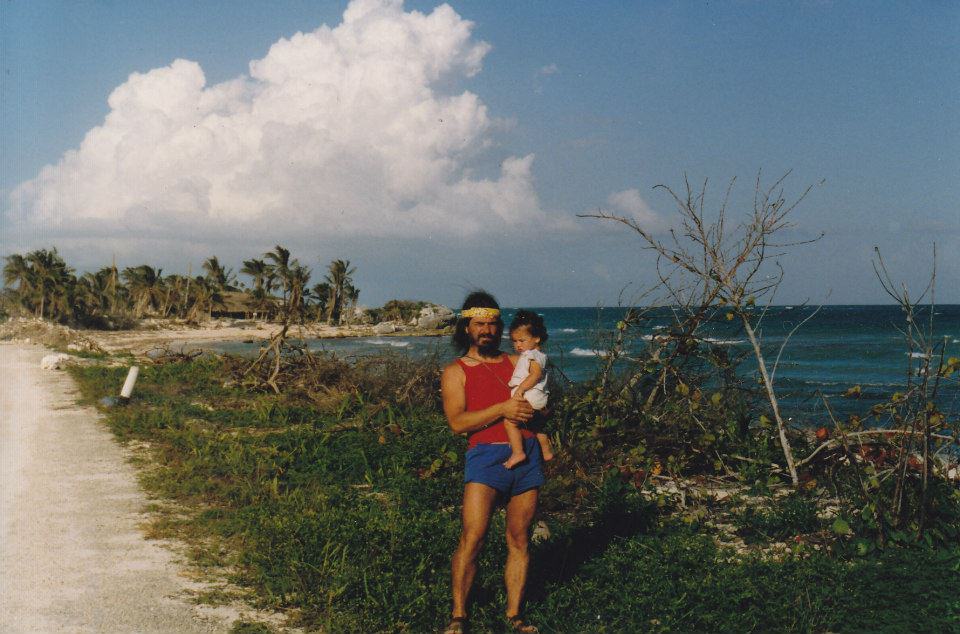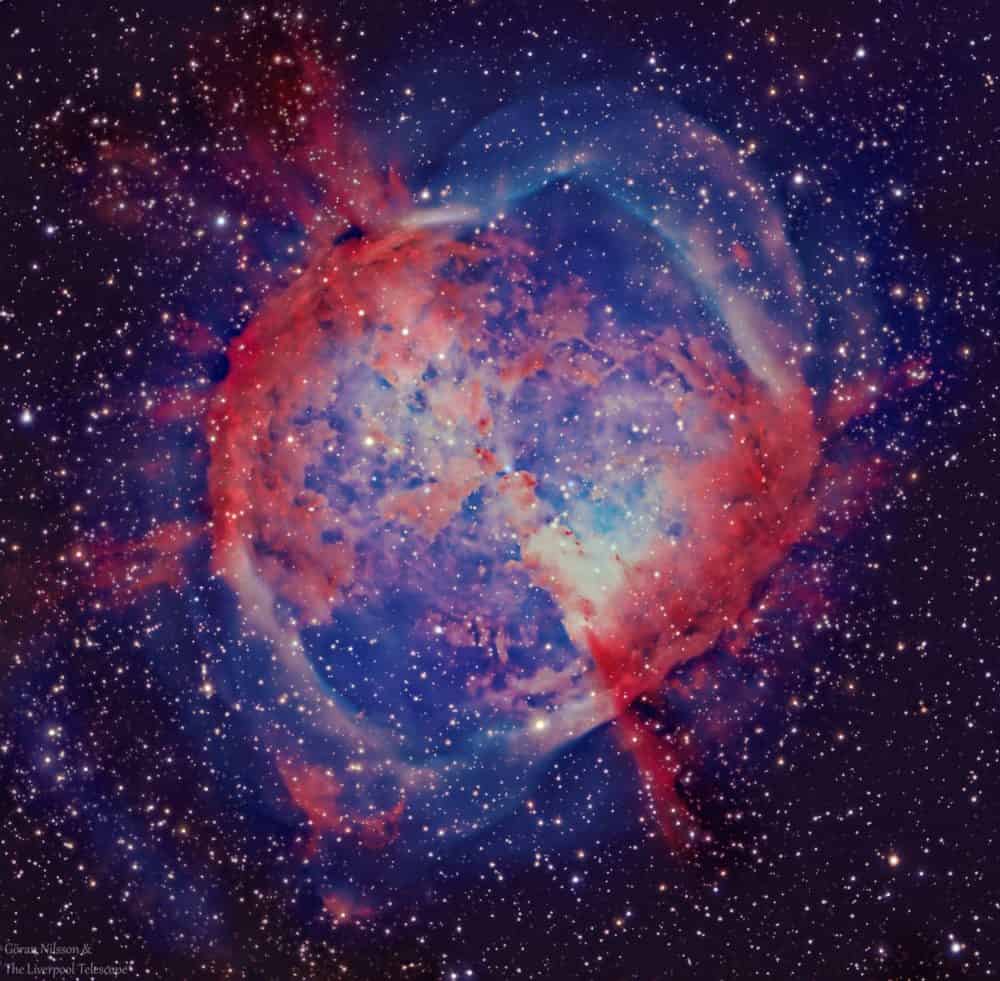Blog
Albert King (1912–1981), known as Bertie King, was a Jamaican jazz and mento musician. He played the clarinet and the saxophone. King was born in Panama, and raised in Kingston, where he attended Alpha Boys School.
During the 1930s he led his own band, Bertie King and his Rhythm Aces, described at the time as “Jamaica’s Foremost Dance Orchestra”. In 1936 he left for England, sailing on the same ship as his friend Jiver Hutchinson. In London he joined Ken Snakehips Johnson‘s West Indian Dance Band, and later played with Leslie Hutchinson’s band. He also worked with visiting American musicians including Benny Carter, George Shearing and Coleman Hawkins. In 1937 he recorded four sides in the Netherlands with Benny Carter, and in 1938 he recorded with Django Reinhardt in Paris. In 1939 he joined the Royal Navy. He left the Navy in 1943 and formed his own band, also working and recording with Nat Gonella.
King returned to Jamaica in 1951, where he started his own band, known as the Casa Blanca Orchestra, playing in the mento style. Since there were no Jamaican record labels at this time, he arranged for his recordings to be pressed in a plant in Lewisham, England, owned by Decca Records. He returned a number of times to England, working and recording with Kenny Baker, George Chisholm, Chris Barber, Kenny Graham and Humphrey Lyttelton, and also toured in Asia and Africa with his own band. During this period he also played and recorded in London with some of the leading Trinidadian calypsonians. He was noted for his impassive demeanour on stage, which belied an expressive playing style.
King led the Jamaica Broadcasting Corporation‘s house band in the 1950s; his sidemen included Ernest Ranglin and Tommy Mowatt. He recorded extensively with this outfit. In 1965 he moved to the USA. His last known public performance was at Jamaican Independence Day celebrations in New York City in 1967. He died in the USA in 1981.
more...NGC 6188 is an emission nebula located about 4,000 light years away in the constellation Ara. The bright open cluster NGC 6193, visible to the naked eye, is responsible for a region of reflection nebulosity within NGC 6188.
NGC 6188 is a star forming nebula, and is sculpted by the massive, young stars that have recently formed there – some are only a few million years old. This spark of formation was probably caused when the last batch of stars went supernova.
more...Sir James Paul McCartney CH MBE (born 18 June 1942) is an English singer-songwriter, multi-instrumentalist, and composer. He gained worldwide fame as the bass guitarist and singer for the rock band the Beatles, widely considered the most popular and influential group in the history of popular music. McCartney is one of the most successful composers and performers of all time. He has written, or co-written, 32 songs that have reached number one on the Billboard Hot 100, and as of 2009 he had 25.5 million RIAA-certified units in the United States. His songwriting partnership withJohn Lennon remains the most successful in history. After the group disbanded in 1970, he pursued a solo career and formed the band Wings with his first wife, Linda, and Denny Laine.
More than 2,200 artists have covered McCartney’s the Beatles song “Yesterday“, making it one of the most covered songs in popular music history. Wings’ 1977 release “Mull of Kintyre” is one of the all-time best-selling singles in the UK. McCartney has released an extensive catalogue of songs as a solo artist and has composed classical and electronic music. His most recent album Egypt Station (2018) became his first album in 36 years to top the Billboard 200, and his first to debut at number one.
A two-time inductee into the Rock and Roll Hall of Fame (as a member of the Beatles in 1988, and as a solo artist in 1999) and an 18-time Grammy Award winner, McCartney, Lennon, George Harrison and Ringo Starr all received appointment as Members of the Order of the British Empire in 1965 and, in 1997, McCartney was knighted for services to music. He has taken part in projects to promote international charities related to such subjects as animal rights, seal hunting, land mines, vegetarianism, poverty, and music education. He has married three times and is the father of five children. McCartney is also one of the wealthiest musicians in the world, with an estimated net worth of US$1.2 billion.
more...Don Francis Bowman “Sugarcane” Harris (June 18, 1938[1] – November 30, 1999) was an American rock and roll violinist and guitarist.
Harris was born and raised in Pasadena, California, and started an act called Don and Dewey with his childhood friend Dewey Terry in the mid 1950s. Although they were recorded by Art Rupe on his Specialty label, mostly utilizing the services of legendary drummer Earl Palmer, Don and Dewey didn’t have any hits. However, Harris and Terry co-wrote such early rock and roll classics as “Farmer John”, “Justine”, “I’m Leaving It Up to You“, and “Big Boy Pete,” all of which became hits for other artists.
Harris was given the nickname “Sugarcane” by bandleader Johnny Otis, and it remained with him throughout his life.
After separating from Dewey Terry in the 1960s, Harris moved almost exclusively over to the electric violin. He reappeared as a sideman with John Mayall & the Bluesbreakers and Frank Zappa, most recognized for his appearances on Hot Rats, and on the Mothers of Invention albums Burnt Weeny Sandwich and Weasels Ripped My Flesh. His lead vocal and blues violin solo on a cover of Little Richard‘s “Directly From My Heart to You” on Weasels, and his extended solo on the lengthy “Little House I Used To Live In” on Weeny are considered highlights of those albums. Zappa, who had long admired Harris’ playing, reportedly bailed him out of jail, resurrecting his career and ushering in a long period of creativity for the forgotten violin virtuoso. He played a couple of live concerts with Zappa’s band in 1970. During the early 1970s, Sugarcane fronted the Pure Food and Drug Act, which included drummer Paul Lagos, guitarists Harvey Mandel and Randy Resnick, and bassist Victor Conte, who later was the founder of the Bay Area Laboratory Co-operative (BALCO). Conte replaced Larry Taylor, who was the original bass player. His first solo album (with back cover art by underground poster artist Rick Griffin) is a forgotten masterpiece of blues, jazz, classical and funk compositions, and his 1973 live album Sugarcane’s Got The Blues, recorded at the Berlin Jazz Festival, show an accomplished musician at the top of his game.
https://www.youtube.com/watch?v=hjhOjK7WG10
more...
Ray McKinley (June 18, 1910 – May 7, 1995) was an American jazz drummer, singer, and bandleader.
McKinley got his start at age 9 working with local bands in the Dallas–Fort Worth area. He left home when he was 15 and played with Milt Shaw’s Detroiters and the Smith Ballew and Duncan-Marin bands. His first substantial professional engagement came in 1934 with the Dorsey Brothers’ Orchestra. It was with the Smith Ballew band in 1929 that McKinley met Glenn Miller. The two formed a friendship that lasted from 1929 until Miller’s death in 1944. McKinley and Miller joined the Dorsey Brothers in 1934. Miller left for Ray Noble in December 1934, while McKinley remained.
The Dorsey brothers split in 1935, with McKinley remaining with Jimmy Dorsey until 1939, when he joined Will Bradley, becoming co-leader. McKinley’s biggest hit with Bradley, as a singer, was “Beat Me Daddy, Eight to the Bar“, which he recorded early in the year 1940 (and for which he got partial songwriting credit under his wife’s maiden name Eleanore Sheehy). McKinley is referred to as “Eight Beat Mack” in the lyrics to the song “Down the Road a Piece,” which he recorded as a trio with Will Bradley and Freddie Slack in 1940. This was the earliest recording of the song, which was written specifically for Bradley’s band by Don Raye.
https://www.youtube.com/watch?v=aEL8dwl5G20
more...NGC 7773 is a barred spiral galaxy located in the constellation of Pegasus at an approximate distance of 392.55 million light years. NGC 7773 was discovered on October 9, 1790 by William Herschel
This striking image was taken by the NASA/ESA Hubble Space Telescope’s Wide Field Camera 3, a powerful instrument installed on the telescope in 2009. WFC3 is responsible for many of Hubble’s most breathtaking and iconic photographs, including Pictures of the Week. Shown here, NGC 7773 is a beautiful example of a barred spiral galaxy. A luminous bar-shaped structure cuts prominently through the galaxy’s bright core, extending to the inner boundary of NGC 7773’s sweeping, pinwheel-like spiral arms. Astronomers think that these bar structures emerge later in the lifetime of a galaxy, as star-forming material makes its way towards the galactic centre — younger spirals do not feature barred structures as often as older spirals do, suggesting that bars are a sign of galactic maturity. They are also thought to act as stellar nurseries, as they gleam brightly with copious numbers of youthful stars. Our galaxy, the Milky Way, is thought to be a barred spiral like NGC 7773. By studying galactic specimens such as NGC 7773 throughout the Universe, researchers hope to learn more about the processes that have shaped — and continue to shape — our cosmic home.
more...Tony Scott (born Anthony Joseph Sciacca June 17, 1921 – March 28, 2007) was an American jazz clarinetist and arranger known for an interest in folk music around the world. For most of his career he was held in high esteem in new-age music circles because of his decades-long involvement in music linked to Asian cultures and to meditation. Born in Morristown, New Jersey, Scott attended Juilliard School from 1940 to 1942. In the 1950s he worked with Sarah Vaughan and Billie Holiday. He also had a young Bill Evans and Paul Motian as side-men on several albums released between 1957 and 1959. In the late 1950s he won on four occasions the Down Beat critics poll for clarinetist in 1955, 1957, 1958 and 1959. He was known for a more “cool” style than Buddy DeFranco.
Despite this he remained relatively little-known as the clarinet had been in eclipse in jazz since the emergence of bebop. In 1959 he left New York City, where he had been based, and abandoned the United States for a time. In the 1960s he toured South, East, and Southeast Asia. This led to his playing in a Hindu temple, spending time in Japan, and releasing Music for Zen Meditation in 1964 for Verve Records. In 1960 a Down Beat poll for Japan saw readers there name him best clarinetist[6] while the United States preferred Buddy DeFranco. More recently he did a Japanese special on Buddhism and Jazz, although he continued to work with American jazz musicians and played at the Newport Jazz Festival in 1965. In the years following that he worked in Germany, Africa, and at times in South America.
more...
Charles Walter Rainey III (born June 17, 1940 in Cleveland, Ohio, United States) is an American bass guitarist who has performed and recorded with many well-known acts, including Aretha Franklin, Steely Dan, and Quincy Jones.
Rainey’s youthful pursuits included violin, piano and trumpet. Later, while attending Lane College in Tennessee, Rainey switched to baritone horn to join the school’s travelling brass ensemble. While on active military duty, Rainey learned rhythm guitar and began playing professionally with local bands. His lack of improvisational skills on guitar led him to pick up the bass, and soon Rainey found himself working steadily as a studio bassist in New York City, recording or touring with many of the greatest acts of that time.
By the 1970s he had played with Jerome Richardson, Grady Tate, Mose Allison, Gato Barbieri, and Gene Ammons, as well as with Eddie Vinson at the 1971 Montreux Festival.
As a member of The King Curtis All-Stars, he toured with the Beatles on their second run across the United States. By the beginning of the 1970s, Rainey had firmly established his place as one of New York City’s first call session bass guitarists.[citation needed]
In 1972, he released his first solo album The Chuck Rainey Coalition on Skye Records. The coalition consists of notable session musicians Richard Tee, Warren Smith, Specs Powell, Eric Gale, Bernard Purdie, Herb Lovelle, Cornell Dupree and Billy Butler.
more...Igor Fyodorovich Stravinsky ComSE (/strəˈvɪnski/; Russian: И́горь Фёдорович Страви́нский, IPA: [ˈiɡərʲ ˈfʲɵdərəvʲɪtɕ strɐˈvʲinskʲɪj]; 17 June [O.S. 5 June] 1882 – 6 April 1971) was a Russian-born composer, pianist, and conductor. He is widely considered one of the most important and influential composers of the 20th century.
Stravinsky’s compositional career was notable for its stylistic diversity. He first achieved international fame with three ballets commissioned by the impresario Serge Diaghilev and first performed in Paris by Diaghilev’s Ballets Russes: The Firebird (1910), Petrushka (1911), and The Rite of Spring(1913). The latter transformed the way in which subsequent composers thought about rhythmic structure and was largely responsible for Stravinsky’s enduring reputation as a musical revolutionary who pushed the boundaries of musical design. His “Russian phase” which continued with works such as Renard, the Soldier’s Tale and Les Noces, was followed in the 1920s by a period in which he turned to neoclassicism. The works from this period tended to make use of traditional musical forms (concerto grosso, fugue and symphony), drawing on earlier styles, especially from the 18th century. In the 1950s, Stravinsky adopted serial procedures. His compositions of this period shared traits with examples of his earlier output: rhythmic energy, the construction of extended melodic ideas out of a few two- or three-note cells and clarity of form, and of instrumentation.
more...https://www.youtube.com/watch?v=jen_dGYP5hM
more...The Dumbbell Nebula (also known as Apple Core Nebula, Messier 27, M 27, or NGC 6853) is a planetary nebula in the constellation Vulpecula, at a distance of about 1227 light-years. This object was the first planetary nebula to be discovered; by Charles Messier in 1764. At its brightness of visual magnitude 7.5 and its diameter of about 8 arcminutes, it is easily visible in binoculars, and a popular observing target in amateur telescopes. The Dumbbell Nebula appears to be shaped like a prolate spheroid and is viewed from our perspective along the plane of its equator. In 1992, Moreno-Corral et al. computed that its rate of expansion in the plane of the sky was no more than 2.3″ per century. From this, an upper limit to the age of 14,600 yr may be determined. In 1970, Bohuski, Smith, and Weedman found an expansion velocity of 31 km/s. Given its semi-minor axis radius of 1.01 ly, this implies that the kinematic age of the nebula is some 9,800 years.
Tom Harrell (born June 16, 1946) is an American jazz trumpeter, flugelhornist, composer, and arranger. Voted Trumpeter of the Year of 2018 byJazz Journalists Association, Harrell has won awards and grants throughout his career, including multiple Trumpeter of the Year awards from Down Beatmagazine, SESAC Jazz Award, BMI (Broadcast Music Incorporated) Composers Award, and Prix Oscar du Jazz. He received a Grammy Awardnomination for his big band album, Time’s Mirror.
Tom Harrell was born in Urbana, Illinois but moved to the San Francisco Bay Area at the age of five. He started playing trumpet at eight, and within five years he was playing gigs with local bands. In 1969 he graduated from Stanford University with a music composition degree and joined Stan Kenton‘s orchestra, touring and recording with them throughout 1969.
After leaving Kenton, Harrell played with Woody Herman‘s big band (1970–1971), Azteca (1972), the Horace Silver Quintet (1973–1977), with whom he made five albums, the Sam Jones-Tom Harrell Big Band, the Lee Konitz Nonet (1979–1981), George Russell, and the Mel Lewis Orchestra (1981). From 1983 to 1989 he was a pivotal member of the Phil Woods Quintet and made seven albums with the group. In addition, he recorded albums with Vince Guaraldi for whom he also did some arranging for the Peanuts television specials, Bill Evans, Dizzy Gillespie, Ronnie Cuber, Bob Brookmeyer, Lionel Hampton, Bob Berg, Cecil Payne, Bobby Shew, Philip Catherine, Ivan Paduart, Joe Lovano, Charlie Haden‘s Liberation Orchestra, Charles McPherson, David Sánchez, Sheila Jordan, Jane Monheit, the King’s Singers and Kathleen Battle among others. Harrell is featured on Bill Evans’ final studio recording, We Will Meet Again, which won a Grammy Award for Best Instrumental Jazz Performance, Group.
more...Eli “Lucky” Thompson (June 16, 1924 – July 30, 2005) was an American jazz tenor and soprano saxophonist. While John Coltrane usually receives the most credit for bringing the soprano saxophone out of obsolescence in the early 1960s, Thompson (along with Steve Lacy) embraced the instrument earlier than Coltrane. Thompson was born in Columbia, South Carolina, and moved to Detroit, Michigan, during his childhood. Thompson had to raise his siblings after his mother died, and he practiced saxophone fingerings on a broom handle before acquiring his first instrument. He joined Erskine Hawkins‘ band in 1942 upon graduating from high school.
After playing with the swing orchestras of Lionel Hampton, Don Redman, Billy Eckstine (alongside Dizzy Gillespie and Charlie Parker), Lucky Millinder, and Count Basie, he worked in rhythm and blues and then established a career in bebop and hard bop, working with Kenny Clarke, Miles Davis, Gillespie and Milt Jackson.
Ben Ratliff notes that Thompson “connected the swing era to the more cerebral and complex bebop style. His sophisticated, harmonically abstract approach to the tenor saxophone built off that of Don Byas and Coleman Hawkins; he played with beboppers, but resisted Charlie Parker’s pervasive influence.” He showed these capabilities as sideman on many albums recorded during the mid-1950s, such as Stan Kenton‘s Cuban Fire!, and those under his own name. He recorded with Parker (on two Los Angeles Dial Records sessions) and on Miles Davis’s hard bop Walkin’ session. Thompson recorded albums as leader for ABC Paramount and Prestige and as a sideman on records for Savoy Records with Jackson as leader.
Thompson was strongly critical of the music business, later describing promoters, music producers and record companies as “parasites” or “vultures”. This, in part, led him to move to Paris, where he lived and made several recordings between 1957 and 1962. During this time, he began playing soprano saxophone.
more...